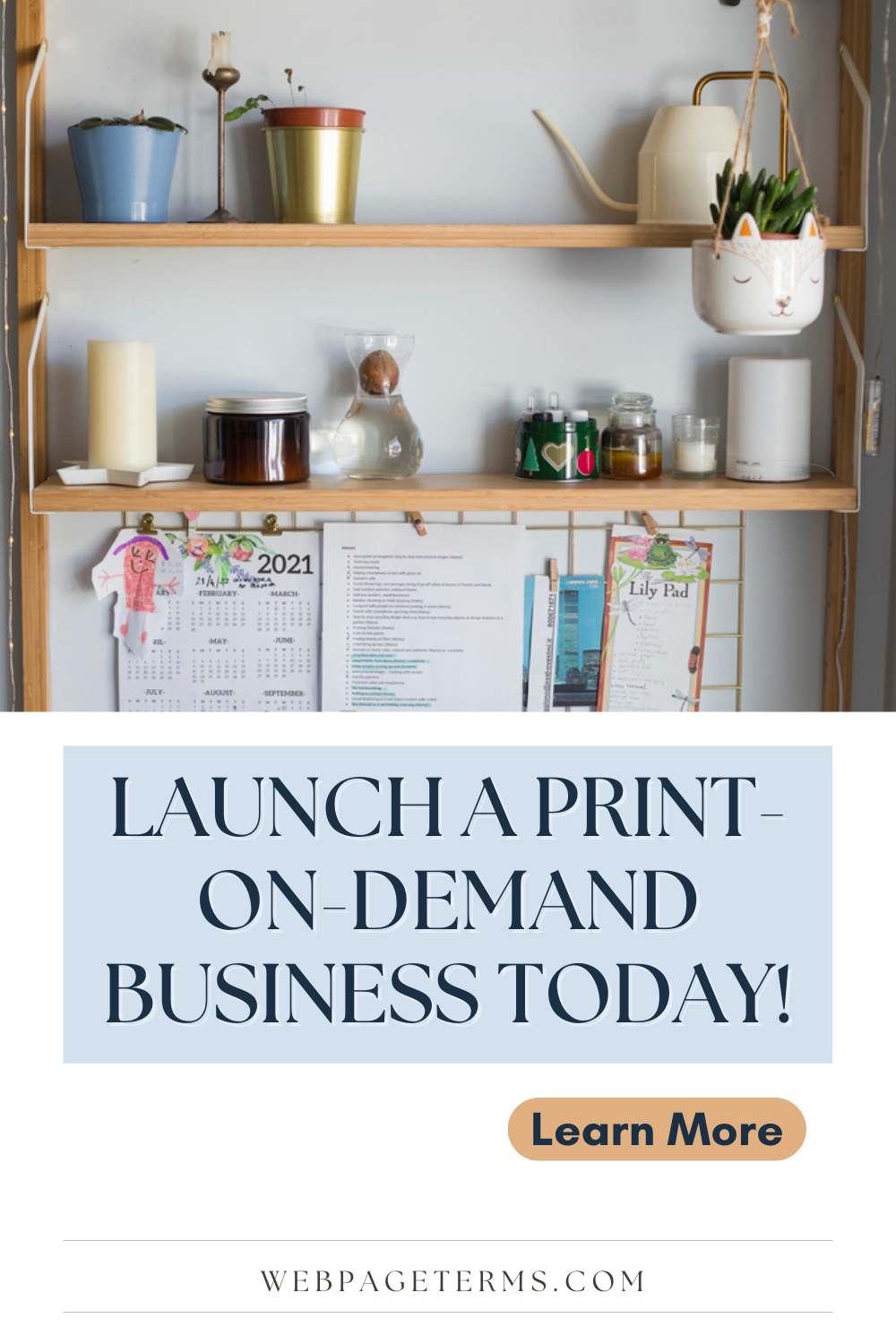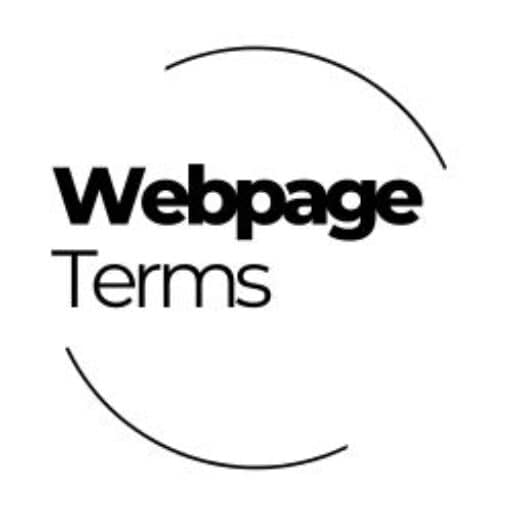Definition
Print-on-Demand (POD) is a business model where products like T-shirts, mugs, books, and posters are printed only after a customer places an order. Instead of printing in bulk, items are made individually by a third-party supplier and shipped directly to the customer. This eliminates the need for inventory, storage, or upfront printing costs.

Why It Matters
Print-on-Demand lets creators and entrepreneurs start a custom product business with little risk. It:
- Requires no inventory or warehousing
- Allows for infinite product customization
- Reduces waste by only printing what’s needed
- Makes it easy to launch a brand or test ideas
- Helps artists, writers, and influencers monetize their work

How It’s Used
POD is commonly used by designers, artists, and authors who want to sell physical goods without managing production. They upload designs to platforms like Printful, Teespring, or Amazon KDP, and those platforms handle printing, packing, and shipping. Users can connect POD services to an online store or marketplace like Shopify, Etsy, or Redbubble.
Example in Action
An artist uploads a cat-themed design to a POD platform and sells it on T-shirts, tote bags, and stickers. When a customer buys a tote bag, the POD partner prints the design on a blank bag, packs it, and ships it directly to the customer. The artist earns money without managing inventory or logistics.
Common Questions and Answers
- Do I need to order in bulk with POD?
- No, each item is printed individually after the order is placed.
- Can I sell POD products on my own website?
- Yes, many POD services integrate with platforms like Shopify or WooCommerce.
- Are POD products good quality?
- Quality varies by provider—order samples before selling.
- How do I make money with POD?
- You set your retail price above the base cost and keep the profit margin.
- Can I use POD for books?
- Yes, platforms like Amazon KDP allow authors to sell print-on-demand paperbacks.
Unusual Facts
- Some POD platforms offer embroidery and engraving, not just printing.
- You can print your art on shower curtains, yoga mats, and even shoes.
- Some POD services are eco-friendly, using water-based inks and sustainable materials.
- POD is a great option for test marketing designs before going to bulk manufacturing.
- Many successful POD stores are run by one person with clever branding and good marketing.
Tips and Tricks
- Focus on a unique niche or customer interest (e.g. dog lovers, teachers, gamers).
- Use high-quality mockups to showcase your products.
- Optimize product titles and tags for search visibility.
- Build a social media following to promote your designs.
- Test pricing to find the sweet spot between profit and affordability.
True Facts Beginners Often Get Wrong
- POD isn’t always cheap—products often cost more per unit than bulk orders.
- Shipping can take longer since each product is made to order.
- Profit margins can be small unless you add value with design or branding.
- Not all POD platforms allow full customization or branding.
- You still need to market your store—POD doesn’t come with built-in traffic.
Related Terms
[Dropshipping] [E-Commerce] [Shopping Cart] [Online Store] [Product Design]
